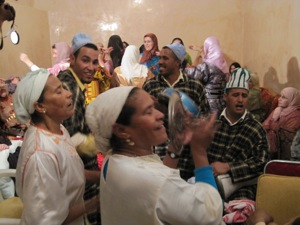Fes, Morocco World Music Festival Tour Package, With Travel Exploration, Your Morocco Travel Guide
Travel Exploration & Authentic Asia Present The Fes Festival of World Sacred Music & Morocco Cultural Tour – Hosted by Music Expert, Joel Davis
This 13 Day/ 12 Night Morocco Fes Music Festival Tour will offer a celebratory opportunity for those who are passionate about Sacred World Music to enrich their palate with a variety of international sounds ranging from Andalusian Classical music to African, Asian, Moroccan Sufi and more while taking a journey across Morocco’s Imperial Cities, Majestic Landscapes, the Sahara Desert and Valley’s. This all inclusive 13 Day/12 Night Morocco Private group tour guarantees combined 4/5 Star accommodations at charming Riads and luxury Moroccan hotels and properties, private transport, historical guides, museum and monument entrance fees along with tickets to the Fes Festival of Sacred World Music. Don’t miss out on this special opportunity to travel to Fes, Morocco and other regions such as Marrakech, Ouarzazate and the Sahara Desert with a music guide and historical guides who will bring depth and understanding to the meaning of Morocco’s music and vast cultural traditions.




